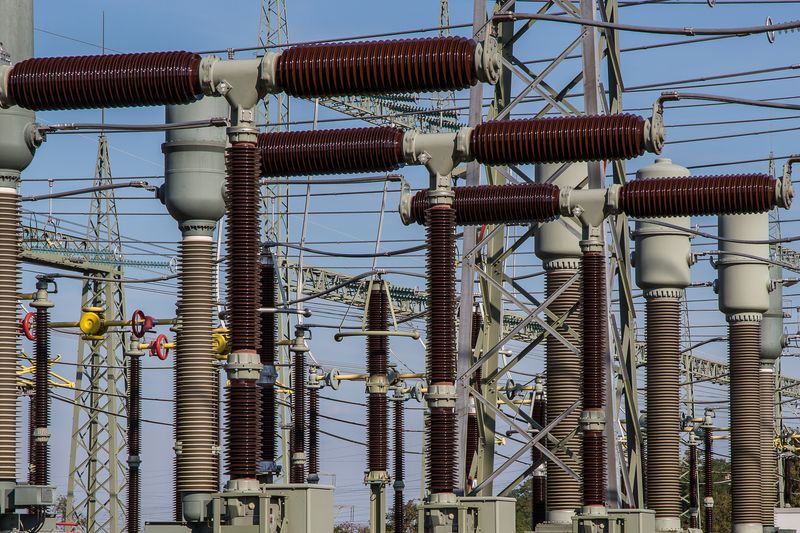Analysis: Rising Electricity Bills and the Profitability of Power Companies in Australia
Introduction
The increasing cost of electricity bills in Australia has become a significant concern for many households, leading to a wave of criticism directed towards major power companies. 2GB radio host Ben Fordham has taken a firm stance against energy giants, accusing them of making excessive profits while Australian households struggle to pay their bills. This issue has reignited the debate surrounding the country’s transition from coal-fired power to renewable energy sources. In this analysis, we will examine the arguments presented by Fordham and delve into the profitability of power companies, exploring the implications for Australian consumers.
The Growing Profitability of Power Companies
Fordham’s criticism stems from the revelation that power companies, such as Origin Energy, have recorded substantial profits in recent years. In 2022, Origin Energy reported a profit of $365 million, with expectations of reaching one billion in 2023. These figures reflect a growing trend in the industry, with power companies witnessing significant increases in their share prices and overall profitability.
The Impact on Households
The correlation between rising profits for power companies and the financial strain experienced by households cannot be ignored. Fordham argues that while Australians face skyrocketing electricity bills, power companies continue to make substantial profits. This situation creates a sense of injustice among consumers who feel that they are being exploited by energy giants.
The Transition to Renewable Energy
One of the key factors contributing to the escalating electricity prices is the transition from coal-fired power to renewable energy sources. Fordham highlights that two-thirds of the east coast of Australia still relies on coal for electricity, despite the closure of several coal plants. This transition has resulted in a decrease in reliable baseload power and a greater reliance on intermittent renewable energy.
Editorial: Balancing Profitability and Affordability
The growing profitability of power companies in the face of rising electricity bills raises important questions about the balance between corporate gain and consumer affordability. While it is crucial for businesses to generate profits, they should not come at the expense of households struggling to make ends meet. Power companies have a responsibility to ensure that their pricing structures are fair and reasonable, and that they provide adequate support to customers facing financial difficulties.
The Viability of Renewable Energy Targets
Fordham also questions the feasibility of Australia’s aggressive target of achieving 82 percent renewables by 2030. He argues that the country is not building renewable energy fast enough to compensate for the loss of coal-fired power. This raises concerns about the reliability and stability of the energy grid as the transition to renewable sources progresses. It is essential for policymakers, energy companies, and the community to strike a balance between environmental sustainability and maintaining a reliable energy supply.
Government Intervention
The debate surrounding the closure of coal-fired power plants and the transition to renewables has prompted calls for government intervention. Some argue that the government should consider extending the operational lifespan of coal plants to ensure stability in energy supply. However, others advocate for stronger government support and investment in renewable energy infrastructure to accelerate the transition.
Advice for Australian Consumers
As Australian households grapple with increasingly high electricity bills, there are steps that individuals can take to mitigate the impact on their finances. It is essential for consumers to explore and compare different energy providers in order to find the most competitive pricing options. Additionally, implementing energy-efficient measures in homes such as using LED bulbs, installing solar panels, and managing energy consumption can help reduce electricity costs in the long run. Finally, consumers should actively engage with government policies and advocacy groups to ensure their voices are heard in relation to the affordability and accessibility of electricity.
Conclusion
The contentious issue of rising electricity bills in Australia has sparked public outrage, with criticism directed at power companies for their profitability while households struggle to pay their bills. The transition from coal-fired power to renewable energy sources further compounds the affordability issue. It is imperative for power companies to prioritize consumer affordability and provide adequate support to those facing financial strain. As the country strives to achieve renewable energy targets, policymakers, energy companies, and the community must collaborate to strike a balance between environmental sustainability and reliable energy supply. Australian consumers should proactively seek out competitive energy providers, implement energy-efficient measures, and engage with relevant stakeholders to advocate for their interests in the electricity market.

<< photo by Pixabay >>
The image is for illustrative purposes only and does not depict the actual situation.
You might want to read !
- Blackout Blues Down Under: Energy Australia, Origin, Red Energy Face Mounting Criticism and Public Outrage
- “Barmy Army Takes Aim at Marnus: Is ‘Always Cheating’ Justified?”
- Rising from the Ashes: The Price of Loss for The Burwood Inn Owners
- “Outraged and Let Down: Essendon Legend Unleashes Fury Over Club’s Troubling Reports”
- “Bombshell Fury: Essendon Legend Furious Over Club Controversy”
- Aussie Whingers: UK Press Fires Up over Ironic F-Word Controversy




